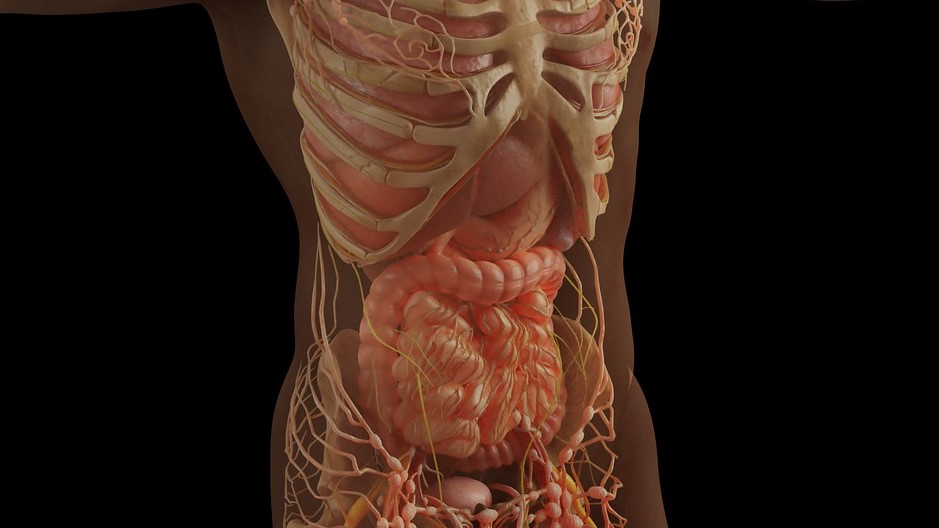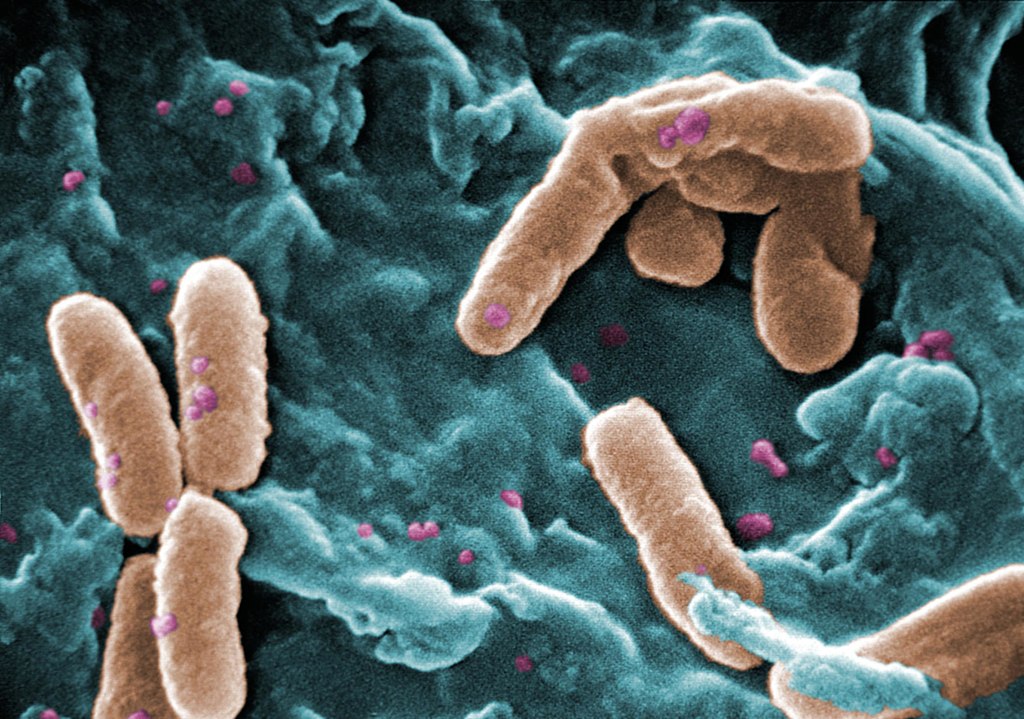Coffee Extends Life as Well as Consciousness

Coffee lovers have another thing to rejoice about: drinking two to three cups of coffee a day is linked with a longer lifespan and lower risk of cardiovascular disease (CVD) compared with avoiding coffee, according to a study in the European Journal of Preventive Cardiology. The association was strongest with drinking ground coffee, though instant and decaffeinated preparations also showed this benefit.
“In this large, observational study, ground, instant and decaffeinated coffee were associated with equivalent reductions in the incidence of cardiovascular disease and death from cardiovascular disease or any cause,” said study author Professor Peter Kistler of the Baker Heart and Diabetes Research Institute, Melbourne. “The results suggest that mild to moderate intake of ground, instant and decaffeinated coffee should be considered part of a healthy lifestyle.”
There is little information on the impact of different coffee preparations on heart health and survival. This study examined the associations between types of coffee and incident arrhythmias, CVD and death using data from the UK Biobank, with participants aged 40–69. CVD was comprised of coronary heart disease, congestive heart failure and ischaemic stroke.
The study included 449 563 participants free of arrhythmias or other CVD at baseline. The median age was 58 years and 55.3% were women. Participants completed a questionnaire asking how many cups of coffee they drank each day and whether they usually drank instant, ground (such as cappuccino or filtered coffee), or decaffeinated coffee. They were then grouped into six daily intake categories, consisting of none, less than one, one, two to three, four to five, and more than five cups per day. The usual coffee type was instant in 198 062 (44.1%) participants, ground in 82 575 (18.4%), and decaffeinated in 68 416 (15.2%). A comparator group of 100 510 (22.4%) non-coffee drinkers was included.
Coffee drinkers were compared to non-drinkers for the incidence of arrhythmias, cardiovascular disease and death, after adjusting for age, sex, ethnicity, obesity, hypertension, diabetes, obstructive sleep apnoea, smoking status, and tea and alcohol consumption. Outcome information was obtained from medical records and death records. The median follow up was 12.5 years.
A total of 27 809 (6.2%) participants died during follow up. All types of coffee were linked with a reduction in death from any cause. The greatest risk reduction seen with two to three cups per day, which compared to no coffee drinking was associated with a 14%, 27% and 11% lower likelihood of death for decaffeinated, ground, and instant preparations, respectively.
CVD was diagnosed in 43 173 (9.6%) participants during follow up. All coffee subtypes were associated with a reduction in incident cardiovascular disease. Again, the lowest risk was observed with two to three cups a day, which compared to abstinence from coffee was associated with a 6%, 20%, and 9% reduced likelihood of cardiovascular disease for decaffeinated, ground, instant coffee, respectively.
During follow up, an arrhythmia was diagnosed in 30 100 (6.7%) participants. Ground and instant coffee, but not decaffeinated, was associated with a reduction in arrhythmias including atrial fibrillation. Compared with non-drinkers, the lowest risks were observed with four to five cups a day for ground coffee and two to three cups a day for instant coffee, with 17% and 12% reduced risks, respectively.
Professor Kistler said: “Caffeine is the most well-known constituent in coffee, but the beverage contains more than 100 biologically active components. It is likely that the non-caffeinated compounds were responsible for the positive relationships observed between coffee drinking, cardiovascular disease and survival. Our findings indicate that drinking modest amounts of coffee of all types should not be discouraged but can be enjoyed as a heart healthy behaviour.”
Source: European Society of Cardiology










